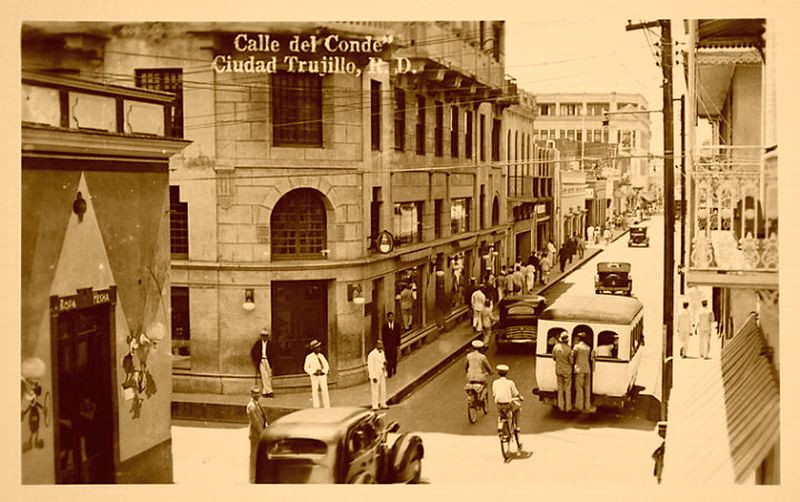Calle Hostos
Calle Hostos is one of the most beautiful and unique in the Colonial Zone. This very old and historical street runs from North to South through the heart of the Colonial City.

The street originally was named Calle del Hospital, named so because of the Hospital San Nicolás de Bari is located on this calle antiguo. Hostos was also called Calle Militar.
Calle Militar changed its name again in 1904. The name was changed to what it is today, Calle Hostos. It is named after the Dominican national hero and educator Eugenio María de Hostos (1839-1903).

The most beautiful and most photographed part of this historic street is going up the steep hill. There are stairs on either side of the steep cobblestone street. Here you can see some of the original old wooden houses, protected by UNESCO, lining the incline.
Calle Hostos has been the location for many different movie shoots the most famous being The Godfather II.

Location:
Walking from the eastern end of the Conde in Ciudad Colonial Hostos street runs left and right. Hostos starts at the Fuerte y Parque de San José, passes Parque Duarte, a few fun bars and restaurants, crosses Calle el Conde, passes the Iglesia Nuestra Señora de la Altagracia and the Ruinas San Nicolás de Bari and ends at the Ruinas del Monasterio de San Francisco.







